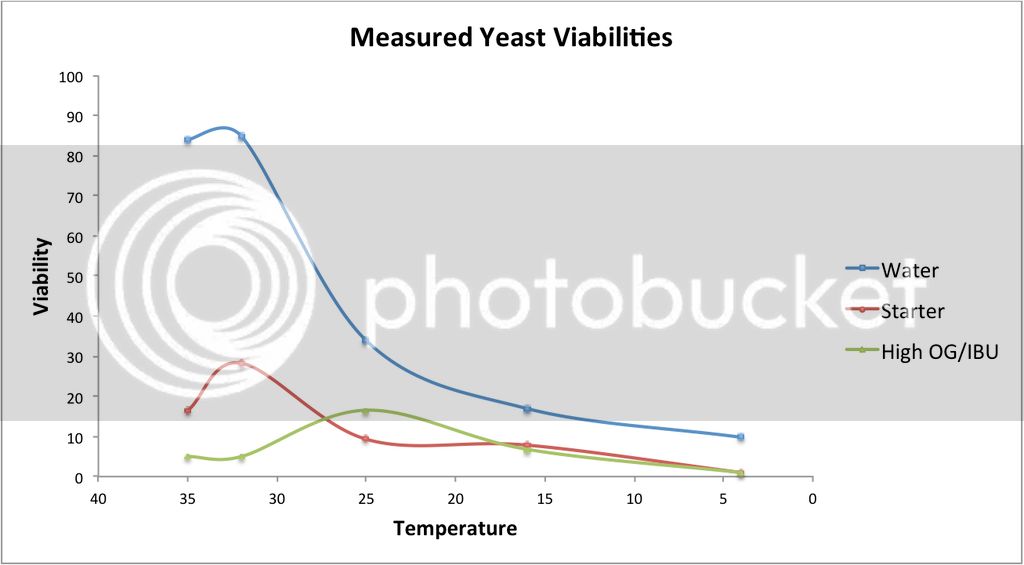Benn
Well-Known Member
- Joined
- 5/12/12
- Messages
- 950
- Reaction score
- 462
New dissolvable dry yeast packaging set to hit the market late 2016; specially designed Inner pouch gradually disolves in unfermented wort. Patented packaging material allows for only H2o molecules to ingress to dried yeast cells within via osmotic action.
Should see the end of sprinkle vs rehydrate.
Should see the end of sprinkle vs rehydrate.






